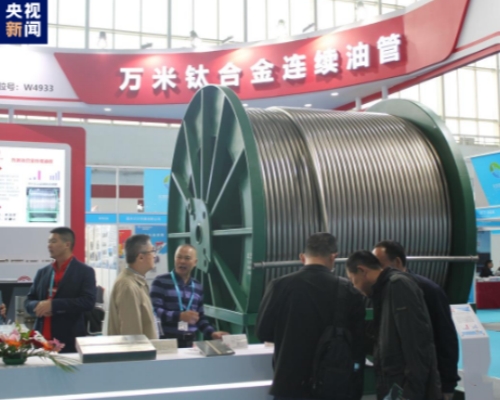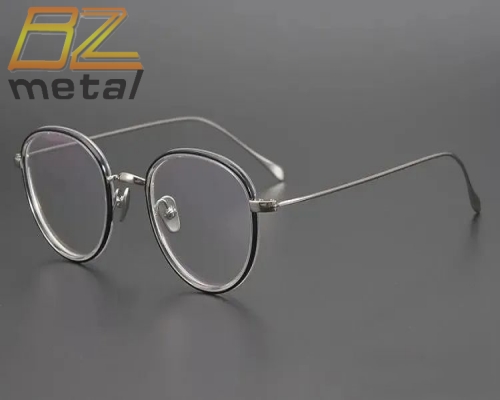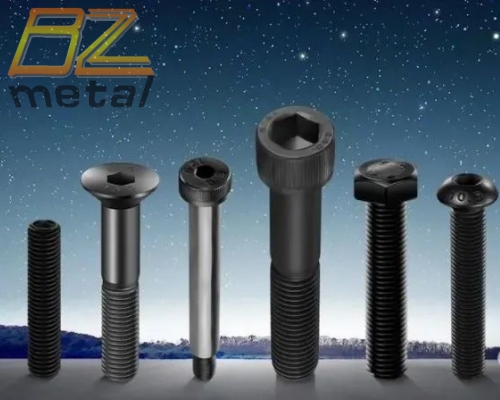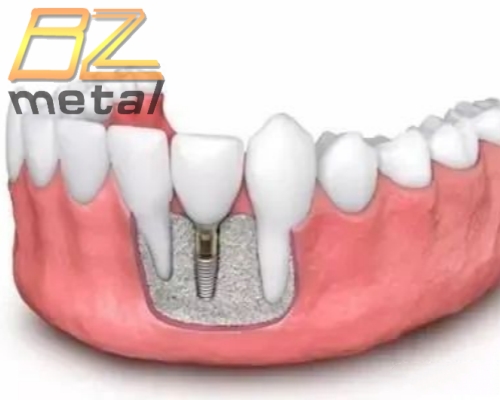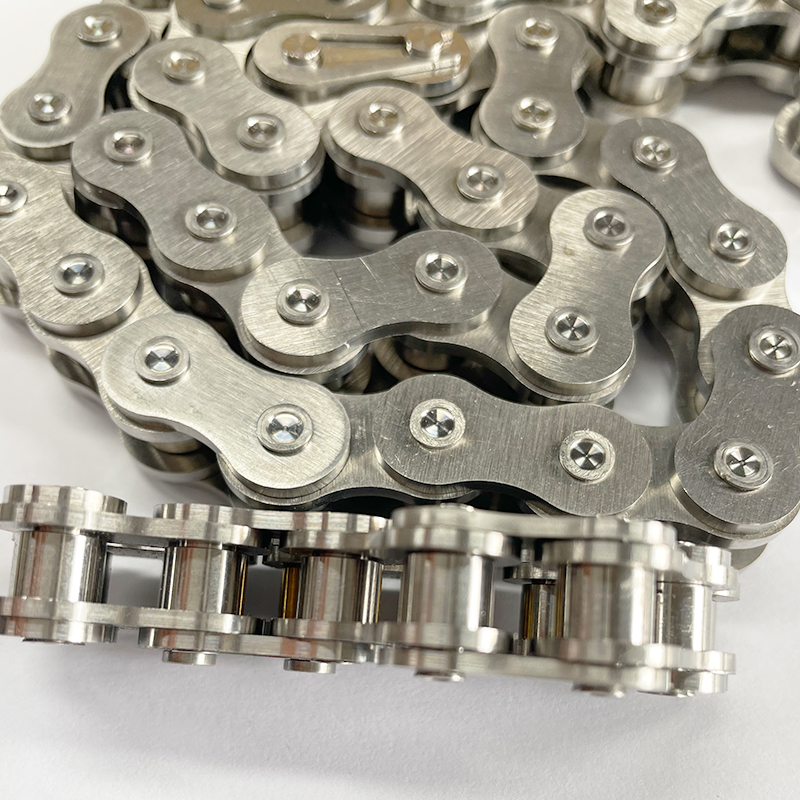Sand blasting of titanium alloy casting surface treatment technology
1. General requirements
The gas used for drying, sandblasting or other process treatment should be dehydrated and deoiled.
Dry and clean gloves should be worn during sandblasting and handling of castings after sandblasting.
2. Sand blasting material
Use silicon dioxide (SiO2), aluminum oxide (Al2O3) or other sand materials approved by both suppliers and buyers as sandblasting materials.
The purity of silicon dioxide (SiO2) and aluminum oxide (Al2O3) sand materials should be ≥ 95%, the content of ferrous oxide (FeO) should be ≤ 0.3%, and the Mohs hardness ≥ 7. The sand particle size is determined according to the surface roughness of the casting, the fine particle is 40μm~50μm, and the coarse particle is 150μm~400μm.
The sand material used for sandblasting should avoid grease contamination. Abrasives sprayed with other metals can no longer be used to treat titanium alloy materials to avoid pollution.
3. Sandblasting parameters
The pressure of compressed air or water flow for sand blasting of castings should be 0.1 MPa~1.0 MPa. According to the structure and dimensions of the casting, the distance from the nozzle to the surface of the casting should be kept at 20mm~400mm, and the spray angle should be controlled at 20°~70°. Other distances and angles can be selected under the condition of satisfying the injection quality and operation safety.
4. Sand blasting operation
Before sandblasting castings, foreign matter on the surface should be cleaned first, and then sandblasting. Castings that have been penetrant inspected or processed should be treated with alkali or pickling before sandblasting.
After the casting is cleaned, sandblasting should be carried out within 12 hours. Determine the duration of sandblasting according to actual needs to achieve a uniform surface roughness.
When sandblasting castings, the dry blasting operation should be performed in a special blasting room or space. Water blasting should use a special liquid blasting device.
During sandblasting, the castings should be placed on a fixed sandblasting table, fixed with tooling or the weight of the castings, and it should be ensured that most of the castings are within the range that can be sandblasted. For small castings that cannot be fixed by tooling, it is allowed to wear special gloves when water blasting.
The sandblasting process should be designed according to the casting structure, and the sandblasting operation should be completed according to a certain route, and over-spraying or under-spraying in local areas should be avoided.
Castings with a certain thickness are suitable for sandblasting. For castings with thinner thickness (≤2mm) or poorer rigidity, when sandblasting, a support tool that matches the shape of one side of the casting can be used to support it.
When sandblasting part of the casting, other areas should be protected.
After sandblasting, it can be cleaned with clean water or non-halogen solvent, and then cleaned with compressed air.
5. Sand blasting quality
Castings after blasting treatment shall meet the following requirements:
The surface roughness should reach Ra3.2μm~Ra12.5μm.
The surface roughness should be uniform and free of scale, sandblasting debris, discoloration, grease-like materials, fingerprints and other pollutants.
If the above situation occurs, sandblasting should be done again.
The abrasives used for sand blasting should be checked regularly and meet the requirements of 2. If they do not meet the requirements, the abrasive blasting materials should be replaced.

